An easy guide to the best affordable alternatives to Champagne for this Valentine’s Day! There’s more than one type of festive bubbly out there, and many are just as good as the classic.

Champagne is the ubiquitous celebratory drink, served at Valentine’s Day, Thanksgiving, Christmas, New Years, birthdays, graduations, holidays, retirements. The list goes on. You (and me for a long time) might think “Champagne” is the term for any bubbly drink. That’s not quite true. (More on that later.) But we can agree that Champagne is the most recognizable.
It’s festive. It’s easy to drink. And it’s delicious. Just one tiny flaw…Champagne is expensive.
This is partly because it’s very tightly regulated. It’s only produced in Champagne, France. (Yes, there’s an actual police force that’s in charge of making sure everyone follows regulation and no one uses the name if they aren’t allowed.)
But the world is a large and richly diverse place. Surely there must be other sparkling wines on this planet that are just as delicious and don’t break the bank?
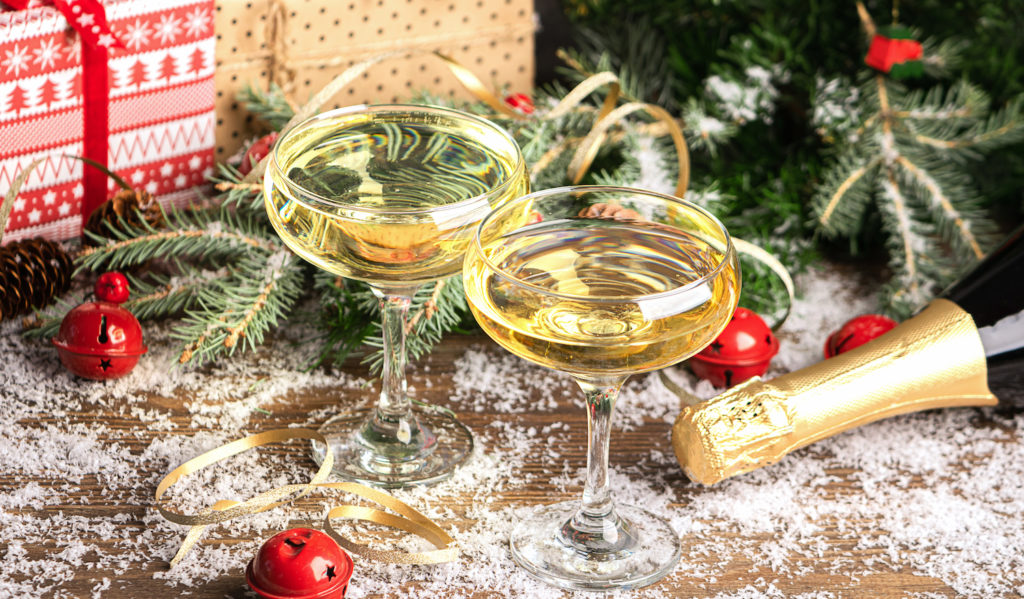
There are indeed!
- Crémant
- Cava
- Prosecco
- Sket
- Lambrusco
- Espumante
Looking for regular wines instead? Try these top 5 Holiday Wines.
Looking for scotches? Here are my five favorite Winter Scotches.
And while you’re at it, why not look for some fun festive holiday cocktails.
About Champagne
First, let’s just briefly talk about what Champagne really is. Anything technically allowed to be designated Champagne must be produced within Champagne, France. The grapes have strict growing and harvesting requirements. And even the soil must be monitored.
It also must be produced using a very specific Méthode Champenoise or “Champagne method.” Sparkling wines are made using secondary fermentation. In the Champagne method, this secondary fermentation takes place inside the bottle. The bottled wine is then left on the lees for a period of aging to develop full character and complexity.
This method is used by several other areas of the world, but it must be designated the “traditional method,” if the wines don’t come from their hometown of Champagne, France.
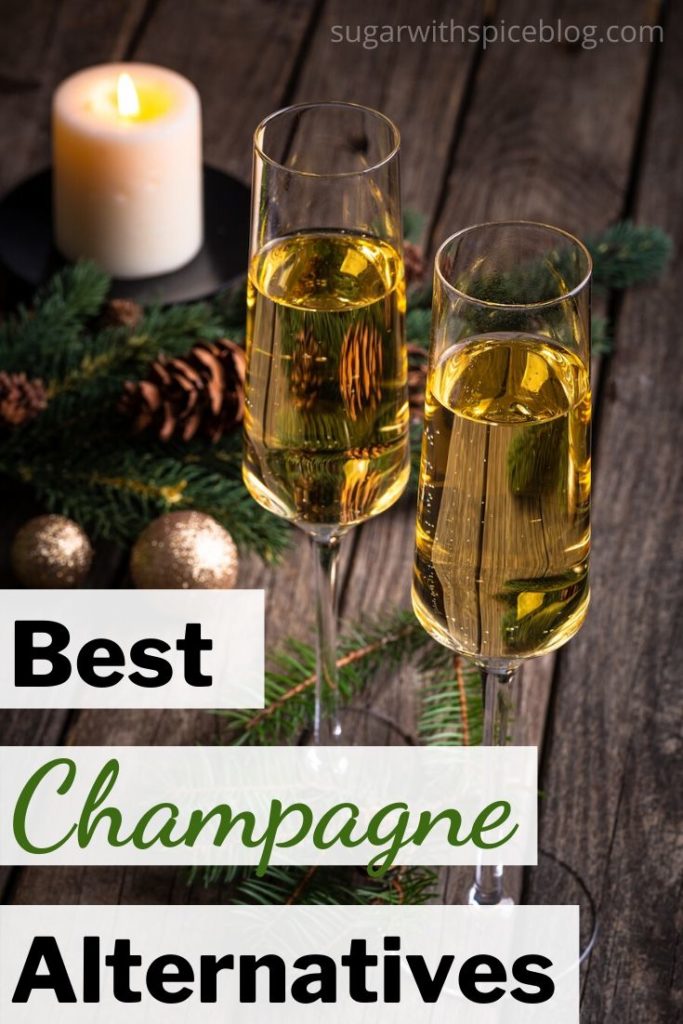
Other methods of fermentation include:
- Charmat or “Tank” Method – all wine goes through secondary fermentation en masse in a stainless steel tank, minimal lees aging
- Transfer Method – combination of Traditional and Tank methods. Secondary fermentation takes place in the bottle, but removal of lees is done in a tank
- Continuous Method – Tank Method…but add several consecutive tanks and some wood chips
- Ancestral Method – the oldest version, no secondary fermentation. Wines are bottled before first fermentation is complete, no lees removal so they are cloudy
- Carbonation – injecting CO2 into the wine, like a soda
Crémant
- From: France, anywhere but Champagne
- Styles: Normally Dry
- Average Price: $15-30
Simply put, Crémant is any wine made using the Champagne method, but made outside the province of Champagne! The terroir will obviously be different and you’ll note different flavors. But Crémant also has strict regulations for production, though each AOC has its own rules. So, you’ll still be able to find similarly high quality. They also age on the lees so you get that toasty, creamy, rich quality.
In general, Crémants might be a little less bubbly than many Champagnes with a softer, gentler bubble. Though now, many are made to be identical to Champagne.
There are nine different appellations of Crémant, so you’re bound to find something you enjoy.
What to look for?
Look at Crémant based on its region of origin. Since each AOC has different regulations, different grape varietals, and different terroir, they’ll all be slightly different.
- Crémant de Luxembourg – NOT from France, but the only country where the term “Crémant” can legally be used, both white and rosé are produced
- Crémant d’Alsace – white or rosé, accounts for 50% of Crémant, usually they are blends of Pinot Gris, Pinot Noir, Chardonnay, Riesling or other grapes
- Crémant de Bourgogne – white or rosé, range from crisp to full, less lees-aging so these are lighter and fruitier wines, usually made from Chardonnay or Pinot Noir
- Crémant du Jura – white wines only
- Crémant de Savoie – white or rosé, made from Chardonnay and many lesser-known grapes
- Crémant de Die – white wines only
- Crémant de Limoux – white or rosé, made from Chardonnay or Chenin Blanc usually, Mauzac can be blended in the mix
- Crémant de Bordeaux – mostly rosé made from Merlot or Cabernet Franc, the only appellation that allows the use of Sauvignon Blanc in the mix
- Crémant de Loire – white or rosé, predominantly Chenin Blanc, very strong in winter-fruit flavors
Best Crémant 2019 Recommendation: 2016 Domaine Charles Frey Extra Brut Sparkling Crémant d’Alsace $22
Rich lemon and chamomile on the nose. The bubbles are very fine on the palate, a light mousse with a rounded hint of yeast and butter. The mouthfeel is dry and crisp with bright red apple and lemon, but followed by the rich fresh brioche.
Cava
- From: Spain
- Styles: Extra Brut, Brut, Seco, Dulce
- Average Price: $15-$25
Champagne from Spain! Cava is one of the more well-known Champagne alternatives. And it is made using the traditional “Champagne method.” They also have a minimum age requirement of 9 months on the lees, which means you do get some of those bready, toasty, creamy flavors that you find in Champagne as well.
The grape varietals used are somewhat different. Whites include Macabedo, Parellada, Xarello, and Chardonnay. Red grapes include Trepat and Garnacha. Macabedo is the most important and is used as the base of most bubblies. It has strong lemon curd, almond, and bergamot notes.
In general the whites will be full of fruit: citrus, apples, and stone fruits. The reds tend to be strong in red berry and full-bodied.
What to look for?
- Cava – minimum of 9 months aging on the lees, usually a Brut style
- Reserva Cava – minimum of 15 months aging on the lees
- Gran Reserva Cava – minimum of 30 months aging on the lees, only available as Brut
- Cava Paraje Calificado – minimum of 36 months aging on the lees, only available as Brut
Best Cava 2019 Recommendation: 2015 Alta Alella Laietà Gran Reserva Brut Nature Sparkling Cava $23
An excellent example of a Brut Nature Cava. It’s full of bright apples, pears, and citrus. Notes of orange blossom and fresh cut melons. But the really special twist comes in the kick of white pepper and salty brine minerals. Dry, crisp, and complex.
Prosecco
- From: Italy
- Styles: Brut, Dry, Extra-Dry
- Average Price: $20-$30
The most popular “budget Champagne,” consider Prosecco the Italian version. Aside from just being made in Italy, Prosecco differs from Champagne in a number of ways.
Prosecco is made using the tank method, so its bubbles are lighter and less long-lasting. (And you’ll often find a beer-like quality to many of these wines.)
Prosecco is also produced from very specific grapes: Glera. These grapes contribute to the bright, tropical fruit flavors typically associated with Prosecco. You’ll notice flavors of banana cream, pear, honeydew, honeycomb, and pineapple.
What to look for?
- Asolo Prosecco DOCG – The only region that produces Extra-Dry Prosecco
- Valdobbiadene – look for wines produced in a tiny region within Treviso, Italy called Valdobbiadene. This hilly region is much cooler than surrounding areas so it produces delightfully crisp grapes. Anything labeled with this region will be a step above your normal prosecco. Look for bottles with these designations:
- Conegliano Valdobbiadene Prosecco Superiore DOCG
- Conegliano Valdobbiadene Prosecco Superiore Rive DOCG
- Valdobbiadene Superiore di Cartizze DOCG
What to avoid?
- Prosecco Doc – your average Prosecco. Nothing unique here. If you’re looking for a special bottle, this isn’t it. There are plenty of affordable and high quality proseccos out there instead!
Best Prosecco 2019 Recommendation: Nino Franco NV Rustico Brut Valdobbiadene Prosecco Superiore $20
An example of the best of Italian proseccos. It’s rich and flavorful without losing too many bubbles. Golden color with notes of golden fruit like cream pear, lemons, yellow apple, and honeysuckle. A bit of jasmine on the nose and just a hint of toast. One of the best Proseccos I’ve tried!
Sekt
- From: Germany and Austria
- Styles: Brut, Extra Brut, Brut, Brut Nature, Trocken
- Average Price: $20-$30
Sekt is the German/Austrian answer to Champagne. For a long time it had a bad reputation as being sickly sweet and boring. Producers used wines sourced across Europe. These wines were carbonated in Germany or Austria and sold locally.
But once regulations were put in place, Sekt became much more finely crafted and elegant! Many German or “Deutscher” Sekt use Riesling which makes for a very unique, highly acidic and strongly fruity glass. They’ll have strong citrus flavor and a floral perfumed aroma unlike other sparkling wine made from Chardonnay, Chenin Blanc or Pinot Noir.
Some good Sekt is made using the tank method. But most excellent Sekt use the traditional method, called “Klassische Flaschengärung” on the label.
What to look for?
- German Sekt b.A. – the lowest tier of quality Sekt. Usually using Riesling or Pinot Noir grapes, but you can find some made in the traditional Champagne Method and even those with Chardonnay! Less stringent regulations mean you still need to check the bottle for region, production method, and quality control number.
- Winzersekt – highest quality, exceptional Sekt. Single varietal wine, usually Riesling, produced using the traditional method and marked with the vintage
- Klassik (Austrian Sekt) – only 9 months aging on the lees, so it’s closer to Prosecco than Champagne, also uses the tank method
- Reserve (Austrian Sekt) – 18 months lees aging, Traditional Method only! (Better than non-vintage Champagne!)
- Grosse Reserve (Austrian Sekt) – 30 months lees aging, Traditional Method, and must come from a specific village or municipality.
What to avoid?
- German Sekt – Very basic, sweet, fizzy German wine. It might do in a pinch, but it’s definitely not up to the level of a Champagne substitute.
- Austrian Sekt – the same idea, but from Austria
Best Sekt 2019 Recommendation: 2017 Sektkellerei Schlumberger Sparkling Jahrgang Brut Klassik Austrian Sekt $26
Austrian (and German) Sekt is relatively new to the luxury sparkling market. It’s less known, but examples like this Brut Klassik make an argument for a rise in popularity! This is blend of Pinot Blanc, Chardonnay, and Welschriesling (not Riesling). Harmonious and pearl-like bubbles. Hints of apricot and toasted brioche with a bit of lemon juice. Very dry and fresh with a rounded finish.
Lambrusco
- From: Northern Italy
- Style: Dry, Off-Dry, Sweet
- Average Price: $15-25
If you’ve heard any talk about Lambrusco, it was probably with a sneer. A rash of cheap, sickly sweet red sparkling wines made their appearance in the 70s and 80s under the name “Lambrusco.” And it seems to have permanently tarnished the reputation of this old grape.
But while there are obviously many less-than-stellar varieties, you can find really outstanding Lambrusco that will stand up to scrutiny! Good Lambrusco has a fruity, floral quality with a pleasant dose of creamy bubbles. You’ll note flavors like cherry, rhubarb, and raspberries with hints of violets. The best varieties will be dry or “secco,” but you’ll also find some “semi-secco” or off-dry varieties. Stay away from most dulce as they are the sweet variety that gives the grape a bad name.
What to look for?
- Lambrusco di Sorbara – dry and floral with orange blossom and violets and a few red fruits
- Lambrusco Grasparossa – tannic, bold, and heavily fruity with blackberries, currants, and plums
- Lambrusco Salamino – off-dry and sweet, the middle ground with some tannins and strong fruit texture but a pleasantly floral, creamy flavor.
Best Lambrusco 2019 Recommendation: 2018 Paltrinieri Radice Lambrusco di Sorbara $24
A beautiful, vibrant rosé, this blend combines the best of both worlds. A slightly rustic, soothing fruit salad of bright red raspberries, golden pears, and yellow peaches. You can sense a faint lemon blossom and something like rising bread dough. The palate is strong with sweet mandarin orange citrus with just a hint of salt and cream.
Espumante
- From: Portugal
- Style:
- Average Price: $20-30
- Pronounced: Esh-pu-mant
Espumante is a little known Portuguese variety of sparkling wine. And, honestly, if you find it in your wine ship, you’ve probably struck gold.
In many ways Espumate is similar to Cava, but it can be made all over Portugal, rather than just the north. This leads to highly varied flavors in the wine. But Espumante is tightly regulated. Most of the Espumante produced, especially the best, comes from the Doc Bairrada (south of Vinho Verde.)
What to look for?
- V.E.Q.P.R.D. – “Vinho Espumante de Qualidade Produzido em Regiao Determinada,” the highest quality, made only from Doc Bairrada, made using the traditional Champagne Method, must have the vintage stamped, and be certified as Doc Bairrada
- V.F.Q.P.R.D. – “Vinho Frisante de Qualidade Produzido em Regiao Determinada,” traditional or tank methods, made in the second tier of Portuguese Docs
- V.Q.P.R.D. – “Vinho de Qualidade Produzido em Regiao Determinada,” traditional or tank methods from anywhere else in Portugal
What to avoid?
- Espumoso – a table wine, the entry-level cheap version. Made by actually injecting carbon dioxide into the still wine. You could drink it if you want a very basic Espumante to taste test, but it isn’t the best.
Best Espumante 2019 Recommendation: Bacalhôa Wines of Portugal Loridos Extra-Bruto Chardonnay (Vinho Espumante de Qualidade) $23
Espumate can be a rare find, so anything with the Vinho Espumante de Qualidade label is work picking up! This is full of bright apples and quince fruits, bright with lemony acidity and creamy pear notes.
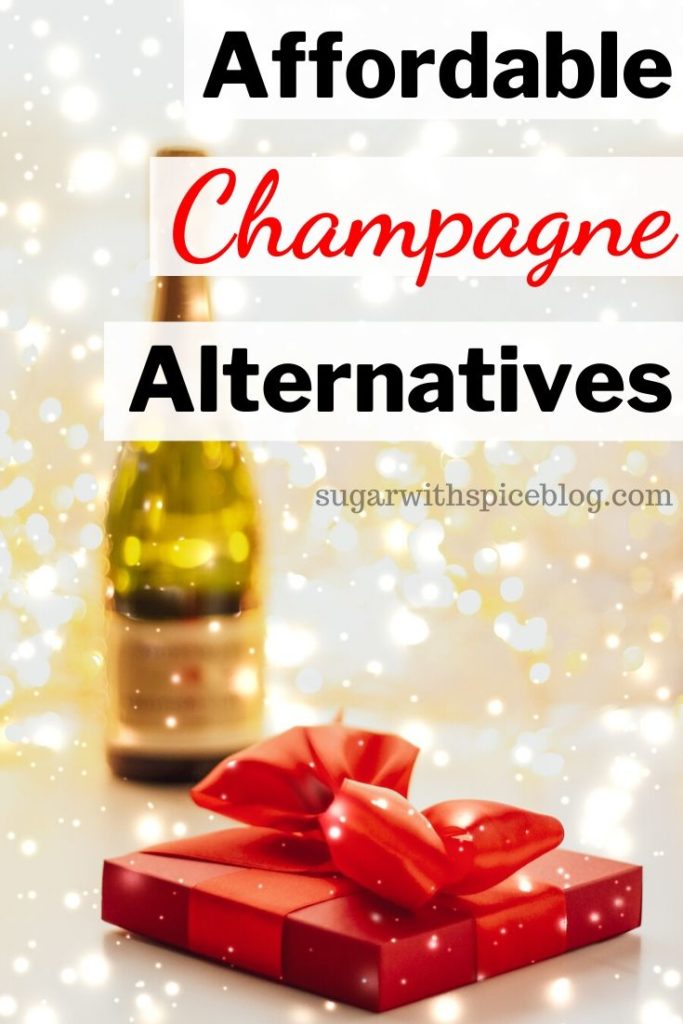



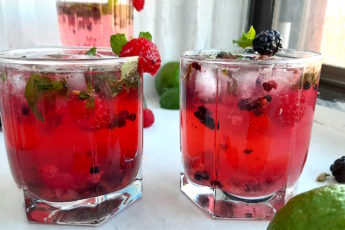

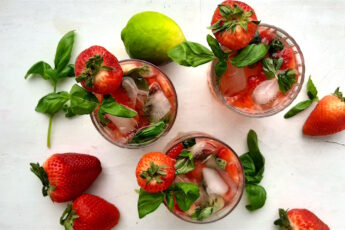


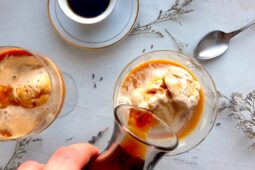

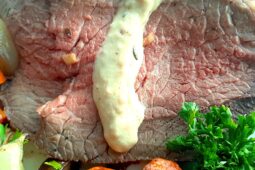
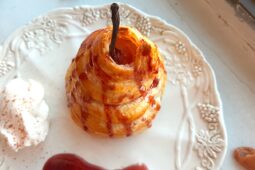
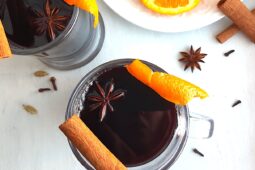
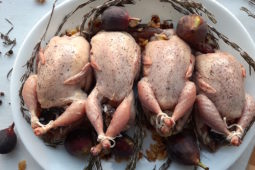
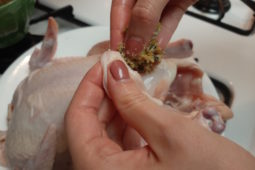

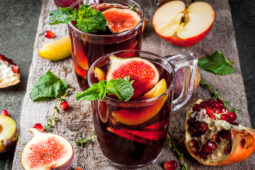
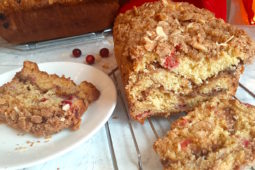
Leave a Comment